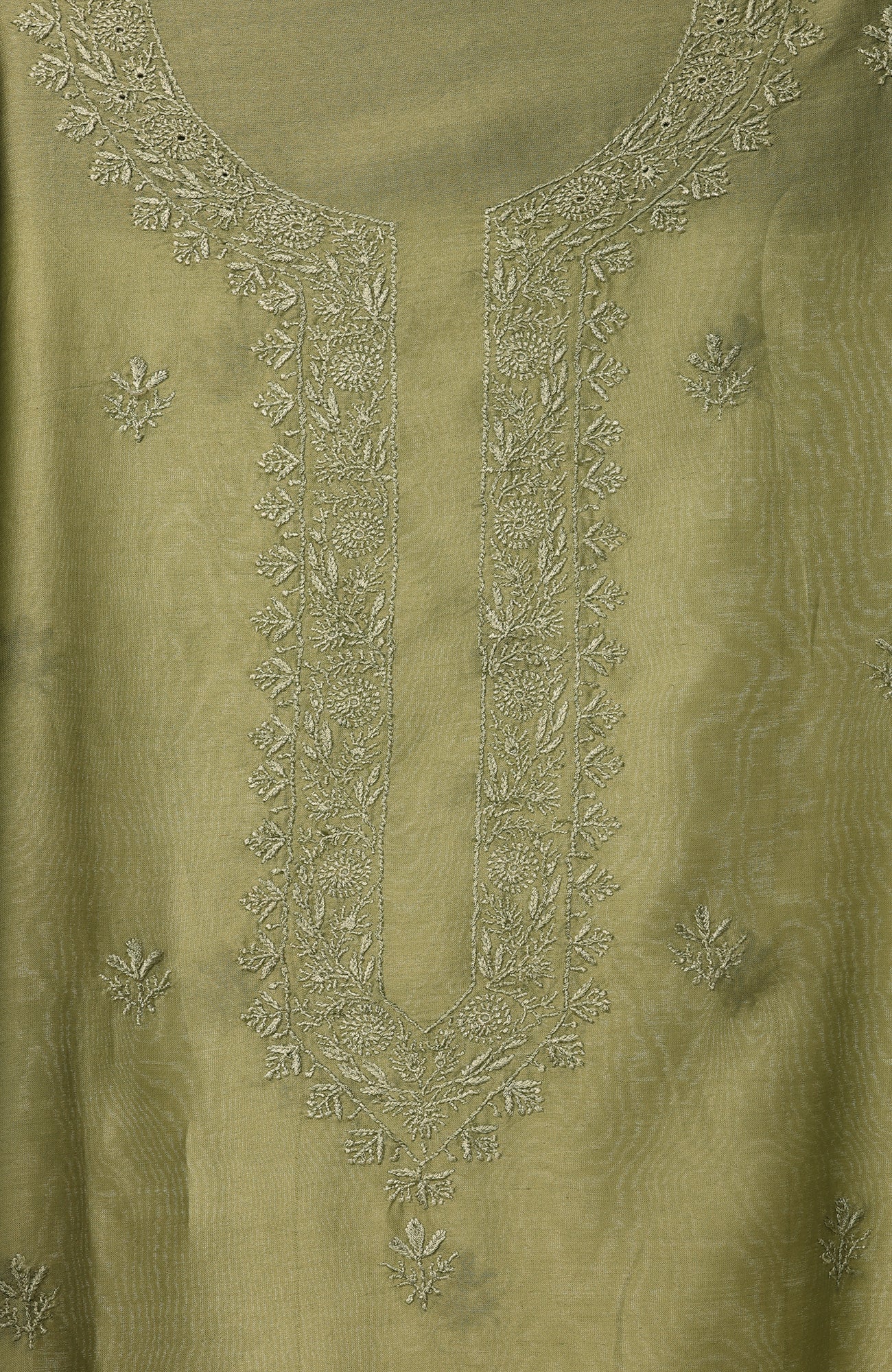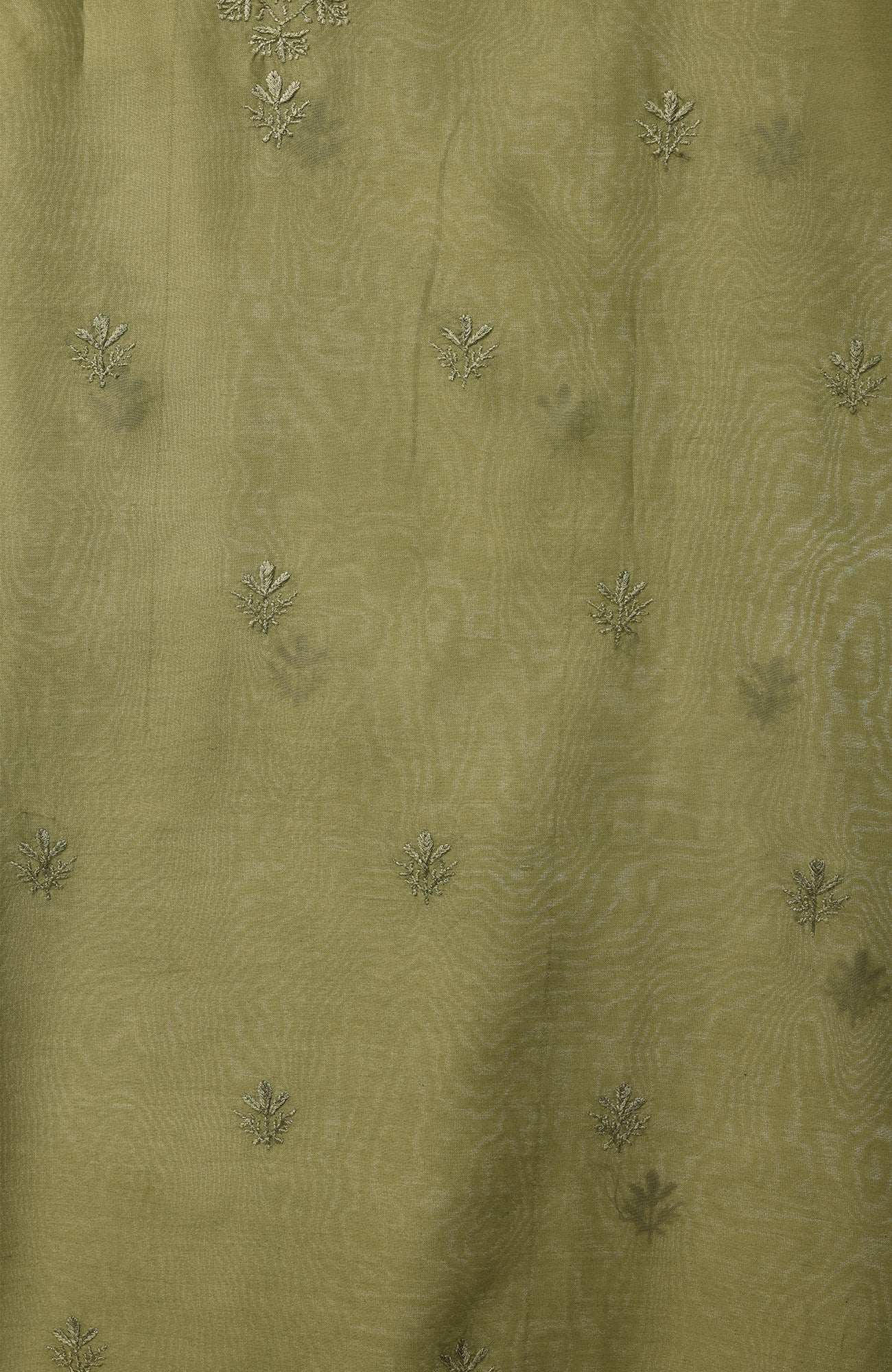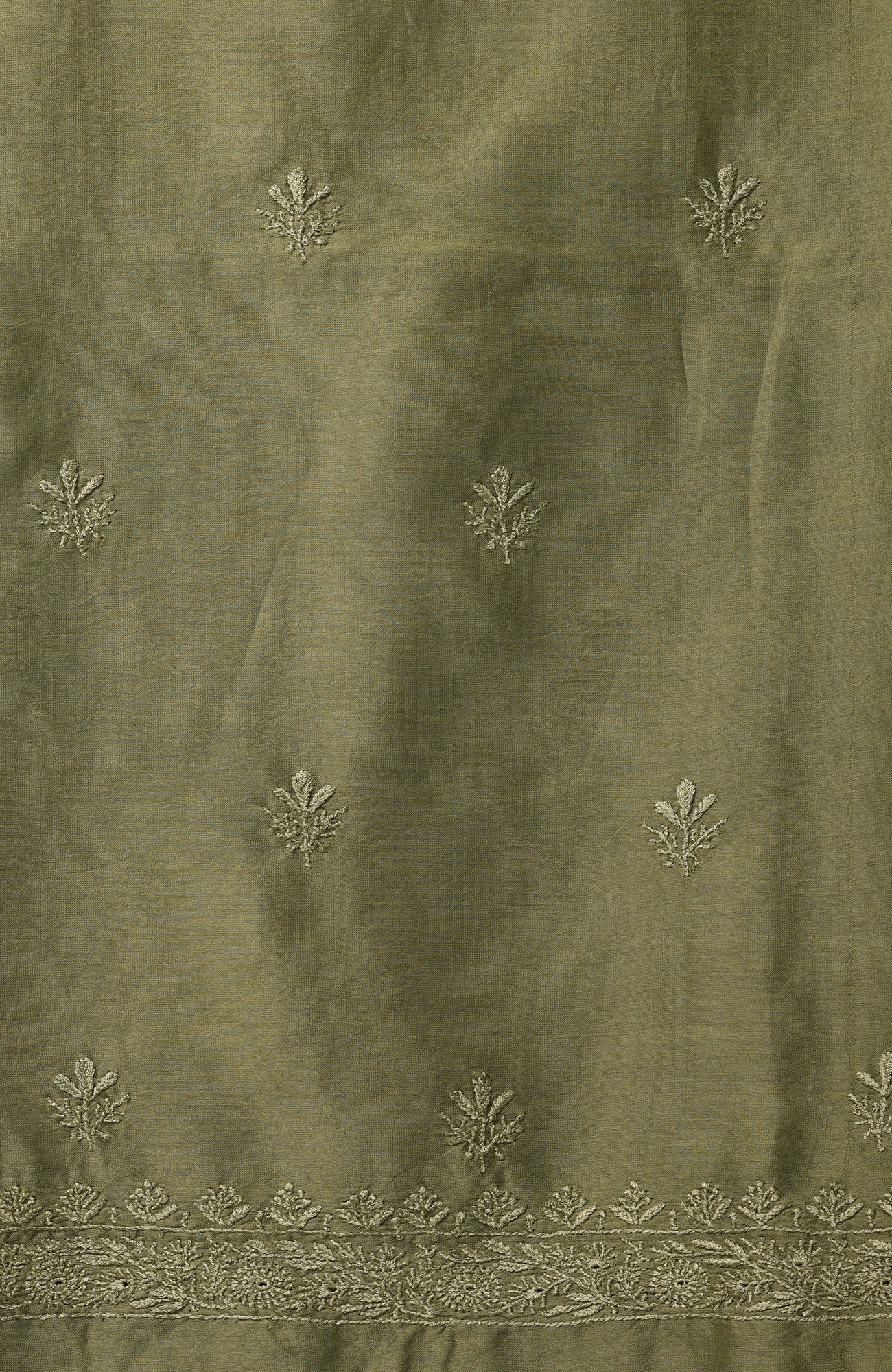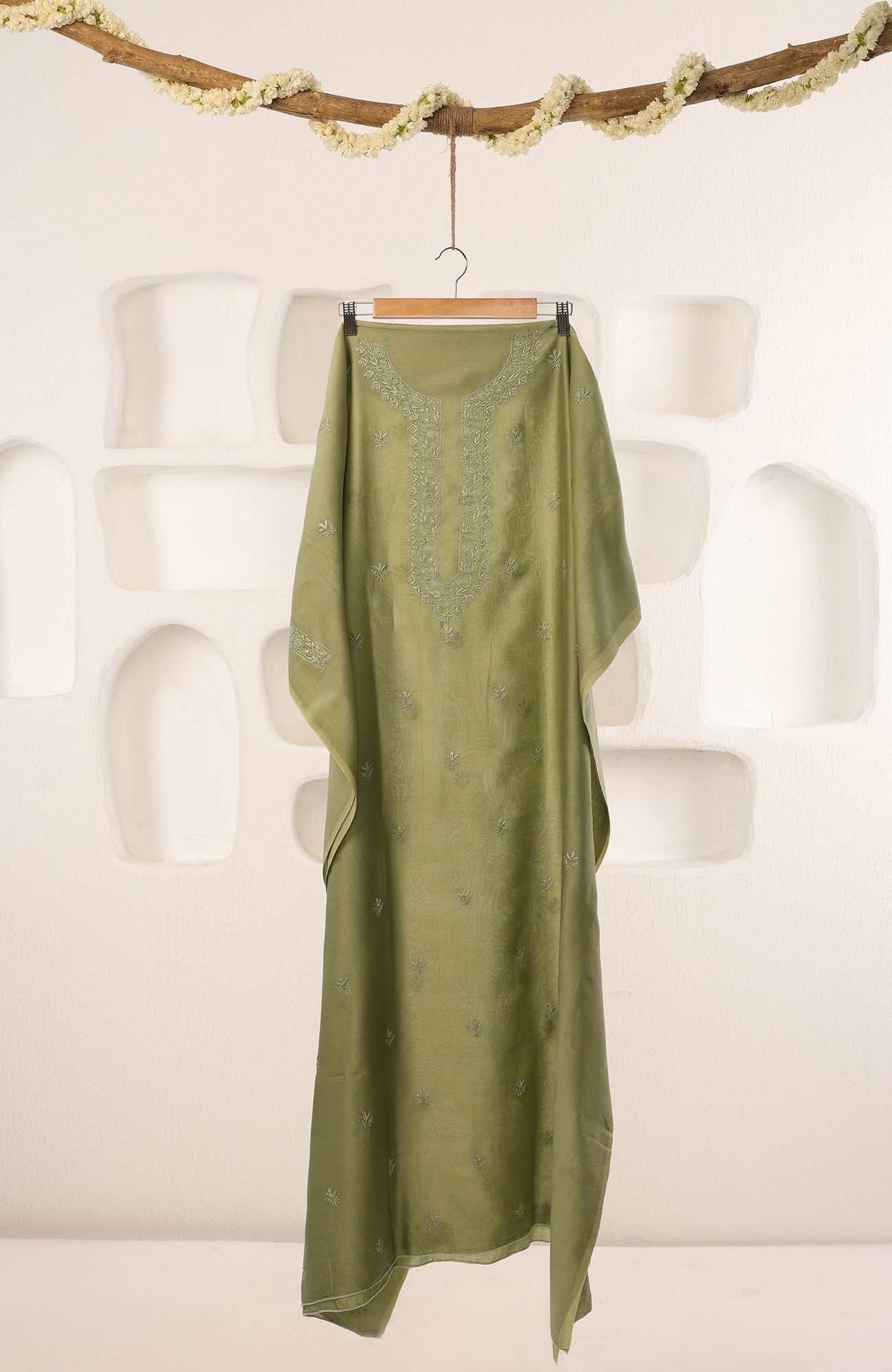
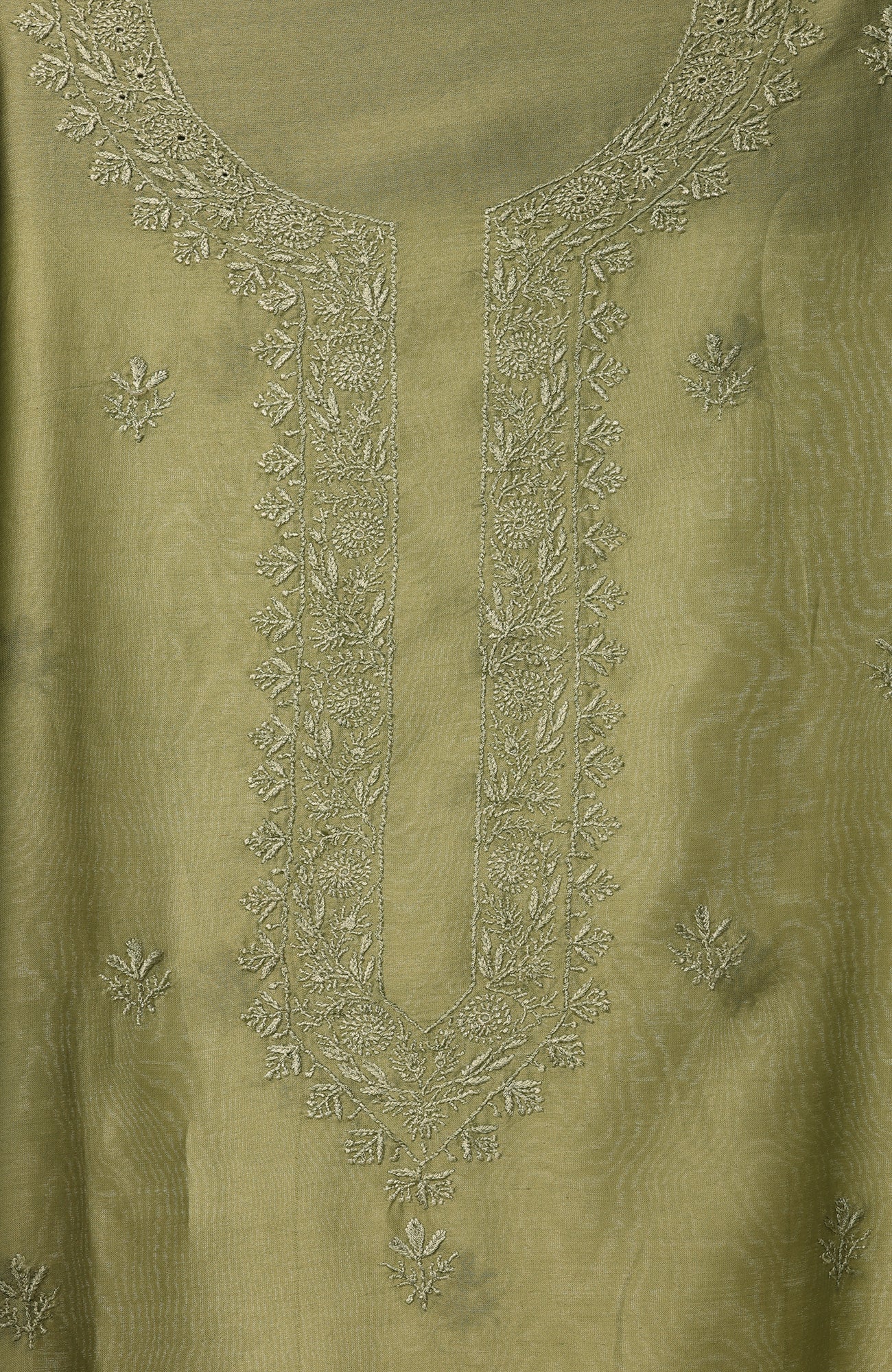
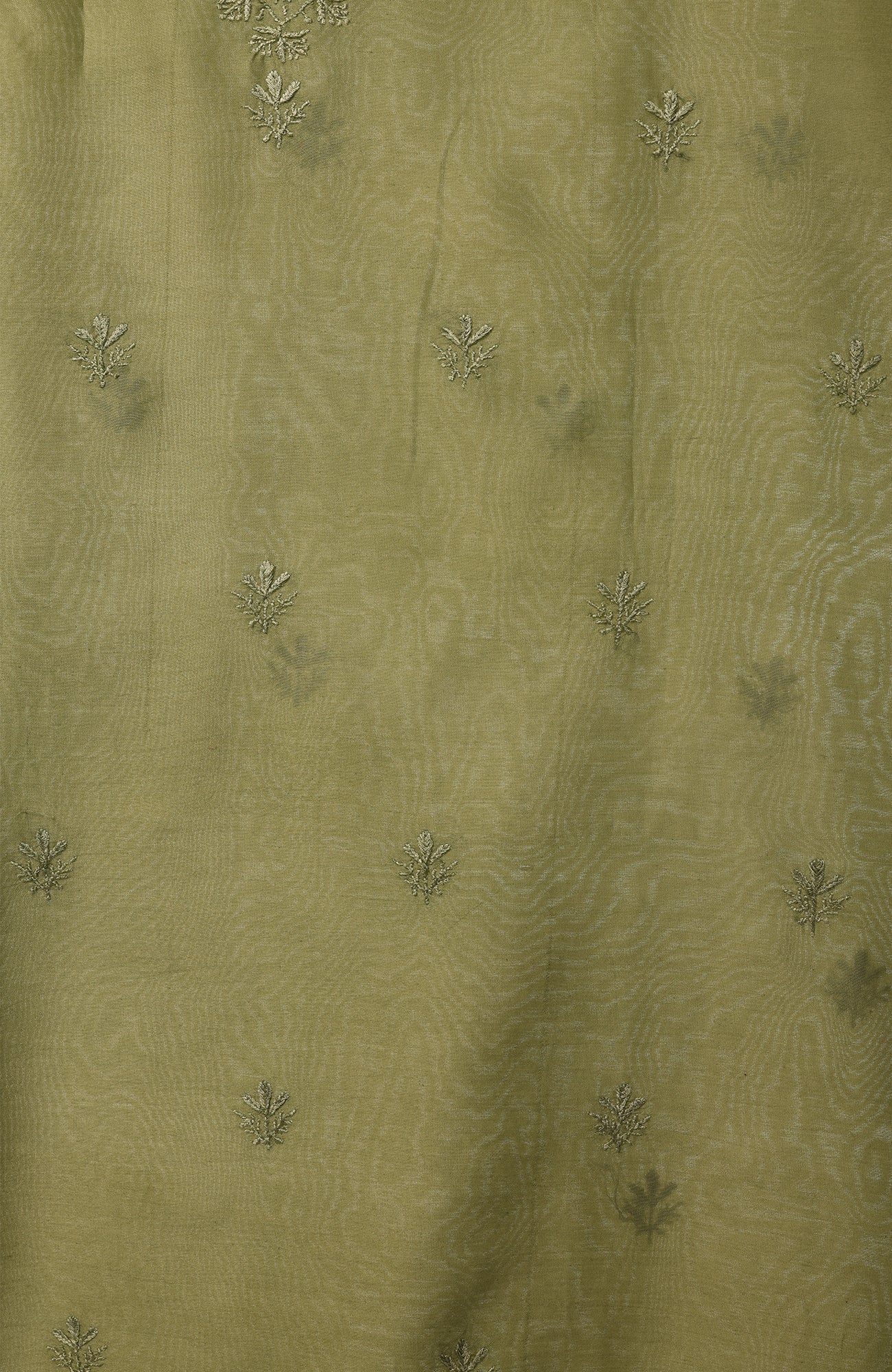
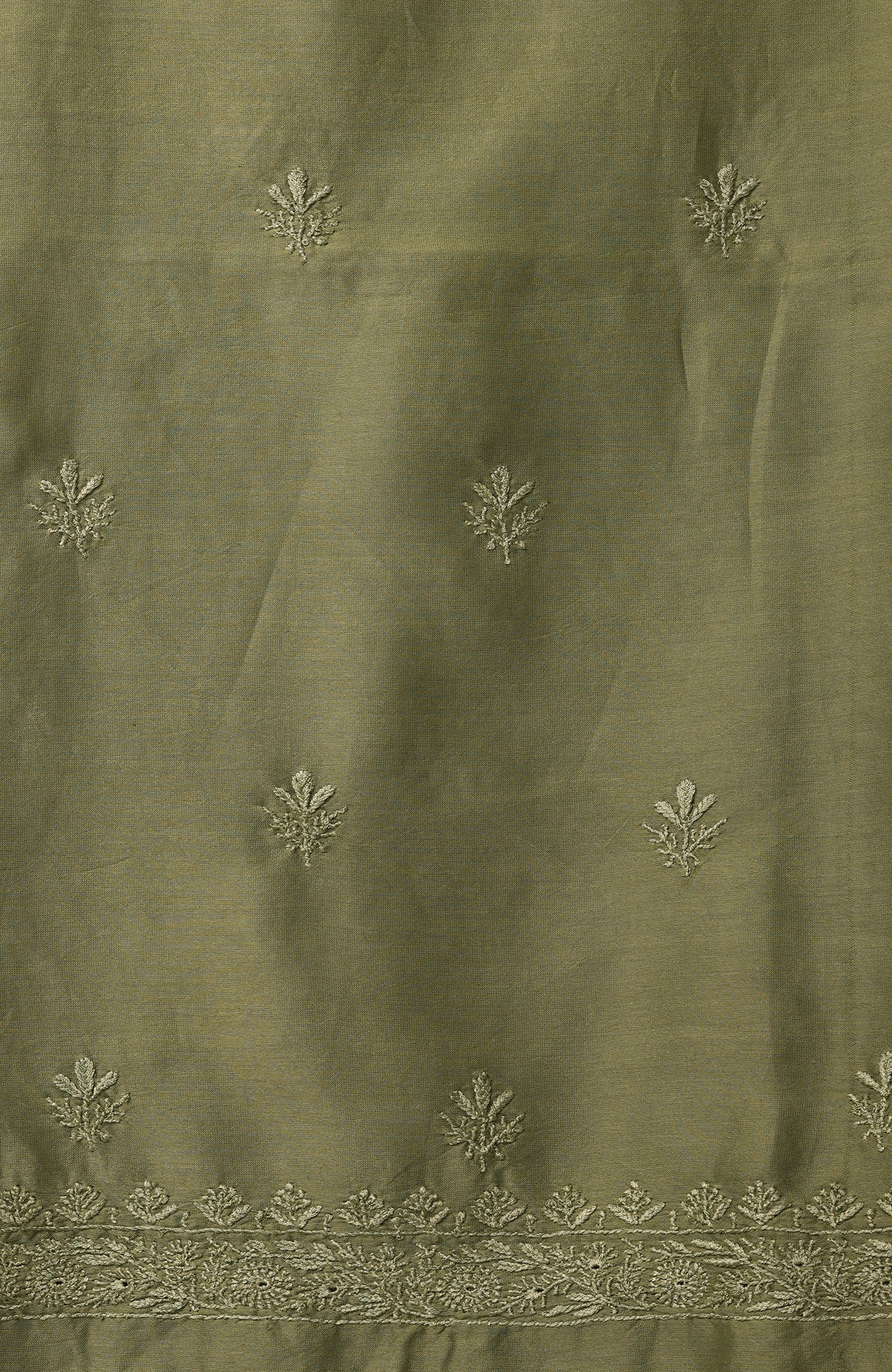
The 'One&Only' Series
This masterpiece ensures that you will own a design like no other
- Hand-crafted with such exceptional finesse that it cannot be replicated, even by the same artisan
- Single piece ever created
The Heritage craft of Chikankari
Chikankari embroidery traces its origins to the Mughal era in India, particularly flourishing under the patronage of Emperor Akbar in the 16th century. This exquisite craft originated in Lucknow, Uttar Pradesh, and its name is derived from the Persian word "Chikan," meaning embroidery. Initially practiced exclusively by skilled artisans, Chikankari gained prominence among the royal courts for its intricate designs and fine craftsmanship. Over the centuries, this art form has evolved, blending Persian, Mughal, and local influences to create a distinctive style celebrated for its delicacy and elegance.
The labor-intensive process of creating handmade Chikankari involves several meticulous stages. It begins with selecting the finest muslin or cotton fabric, which is then stretched on a frame. The artisan carefully draws the design on the fabric, often using a charcoal pencil. Next, using a fine needle, the artisan performs various stitches, including the famous "Bakhiya" (shadow work), "Phanda" (knot stitch), "Pechni" (embossed stitch), and "Murri" (pearl stitch), among others. Each stitch requires precision and expertise, as it contributes to the intricate patterns and textures that define Chikankari. The process takes months to complete, depending on the complexity of the design and the size of the fabric. This dedication to detail and the preservation of traditional techniques highlight Chikankari as not just an art form but a testament to the enduring heritage and skill of Indian craftsmanship.


